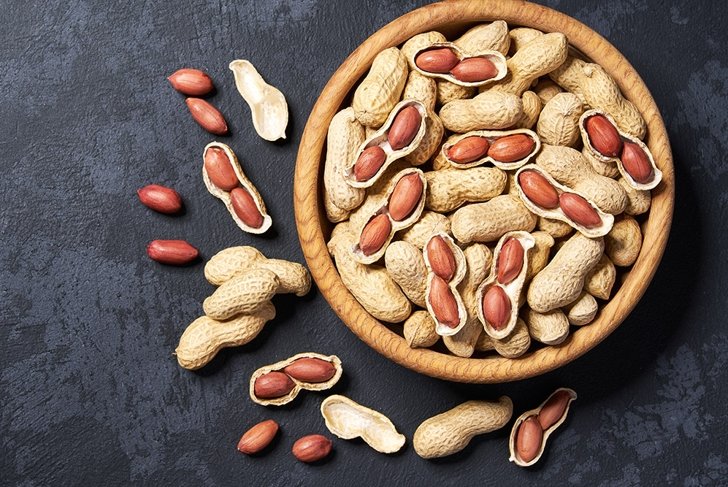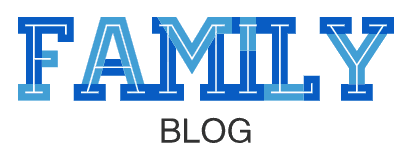
Their very name suggests something unpleasant and hard. What exactly are gallstones, and what can we do to prevent them or provide relief?
Sudden pain in the stomach, chest, upper back, or shoulder. Heart attack? Maybe. But for the 20 percent of women and 10 percent of men over 55 who have gallstones, those symptoms could mean a gallstone attack. Smart choices in diet, supplements, and lifestyle can provide relief.
01
What are gallstones?
Gallstones are hard particles, ranging in size from grains of sand to golf balls, that develop in the gallbladder, an organ in the upper right abdomen. While some people have single large stones, others can have hundreds of tiny stones or a combination of small and large ones. Most people have “silent” gallstones that don’t cause any problems. However, if gallstones block bile ducts, they can result in sudden, excruciating pain.
Caused by imbalances in cholesterol, bilirubin (a substance produced when the liver breaks down old red blood cells), or bile salts that help make up bile, gallstones can also form if the gallbladder doesn’t empty completely or often enough. More than 90 percent of gallstones are composed of hardened cholesterol, 10 percent from bilirubin.
02
Risk factors
Certain groups of people have a greater risk of developing cholesterol gallstones, depending on the following factors:
Sex: Women are twice as likely to have gallstones as men because extra estrogen can increase cholesterol levels in bile, while decreasing gallbladder contractions. Pregnancy, hormone replacement therapy (HRT), or birth control pills (particularly among younger women), increase estrogen and the possibility of gallstone formation.
Age: The risk increases with age, particularly over 40.
Family history: Gallstones tend to run in families.
Genetics: Seventy to 80 percent of First Nations populations have gallstones.
03
Other factors that increase risk
Other conditions associated with this type of gallstone that increases the amount of cholesterol in bile, or affects the normal absorption of nutrients, include
- obesity, particularly if weight is carried around the waist
- a poor diet that’s high in calories and refined carbohydrates, and low in fibre
- rapid weight loss
- intestinal diseases
- medical conditions such as metabolic syndrome, diabetes, and insulin resistance
- Bilirubin pigment-type stones are connected to cirrhosis, bile duct infections, and severe anemias.
04
Dietary changes
Researchers point to our modern Western diet, which is high in refined carbohydrates, cholesterol, and saturated fats while low in fibre, as a contributing factor to gallstones. Substituting healthier choices can make our diets both gallbladder- and heart-healthy.
Researchers are beginning to look at the protective effects of specific food ingredients and bioactive compounds. So far, peanuts, peanut butter, and green tea have been linked to a decrease in gallstone formation, but additional studies are needed.
05
Weight loss
While losing weight is another way to reduce gallstone formation, doing it incorrectly can backfire. Rapid weight loss through crash or yo-yo diets, bariatric surgery, fasting, and skipping meals can trigger the liver to release more cholesterol as it attempts to break down fat. The extra cholesterol disrupts the normal balance of cholesterol and bile salts, forming crystals that clump together into gallstones. Irregular meals can also increase bile storage and interrupt its circulation.
06
Choosing foods wisely
To lose weight safely, we should eat regularly and aim for gradual weight loss through good nutrition, balanced diet, and exercise.
| Foods to increase | Foods to limit or avoid |
| fresh fruits and vegetables | fried foods |
| whole grains (whole wheat bread, brown rice, oats, bran cereal) | highly processed foods (doughnuts, cookies, white bread, white rice) |
| lean meat, poultry, fish | fatty red meat |
| polyunsaturated fat, monounsaturated fat such as olive oil | cholesterol, saturated fat, trans fatty acids found in many commercial processed products |
Did you know?
Dietary changes can’t eradicate existing gallstones, but they may help ease painful symptoms.
07
Seeking medical help
If gallstones get large enough or shift, blocking a bile duct, the result is pain. Sometimes gallstones pass through the duct on their own, ending the pain naturally. However, if bile ducts remain blocked for more than a few hours, results can include inflammation, swelling, or infection of the gallbladder, and possibly severe gallbladder, bile duct, or liver damage.
Gallstones lodged in the duct near the duodenum—the upper small intestine—can block the pancreatic duct, causing gallstone pancreatitis, an inflammation of the pancreas. In rare cases, untreated bile or pancreatic duct blockages may be fatal.
08
Serious symptoms
Gallbladder attacks often occur after meals, especially ones containing fried food, and in the evening or at night when we’re lying down. Symptoms, either during or after an attack, that require immediate medical care include
- abdominal pain lasting more than five hours
- nausea and vomiting
- fever (even low-grade ones) or chills
- jaundice (yellowing of the skin or whites of the eyes)
- change in colour of urine (tea-coloured) or stool (light-coloured)
09
Supplements and alternative remedies
Along with studying our general diet, researchers are increasingly looking at correlations between specific nutrients and gallstones. While more research is needed, the following supplements show promise in preventing gallstone formation or lessening their symptoms:
- omega-3 fatty acids in fish oil supplements
- vitamin C
- vitamin D
- soy lecithin
- iron
- magnesium
Traditional remedies, with more anecdotal than research-based evidence, include
- milk thistle (Silybum marianum) for liver and gallbladder support and detoxification
- Colocynthis, Chelidonium, Lycopodium, or other homeopathic treatments for gallbladder pain
Ask Your Doctor
Because complications from gallstones can be serious, always consult a health care practitioner when trying natural or alternative treatments.
10
Caffeine and gallstones
Earlier studies suggested caffeine in coffee helped prevent symptomatic gallstone disease in both men and women, resulting in fewer gallbladder removals. Later studies, which looked at the formation of gallstones rather than gallbladder surgery, had mixed results. In a 2010 study, caffeine consumption “had no measurable effect on the prevalence of gallstones.” However, a 2014 study that followed over 70,000 men and women indicated coffee consumption did reduce gallstone occurrence, but only in women who were premenopausal or used HRT.
For those of us who like our coffee with caffeine, two to three cups a day won’t hurt and might help prevent gallstones.



